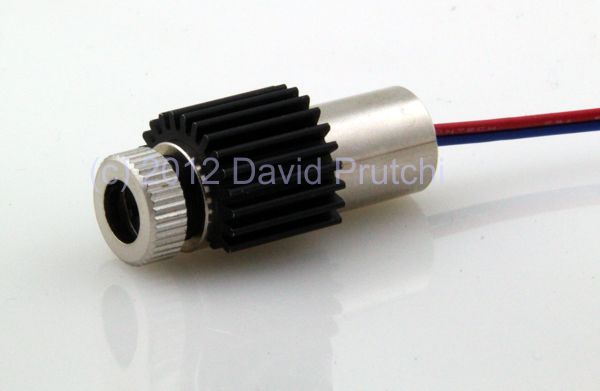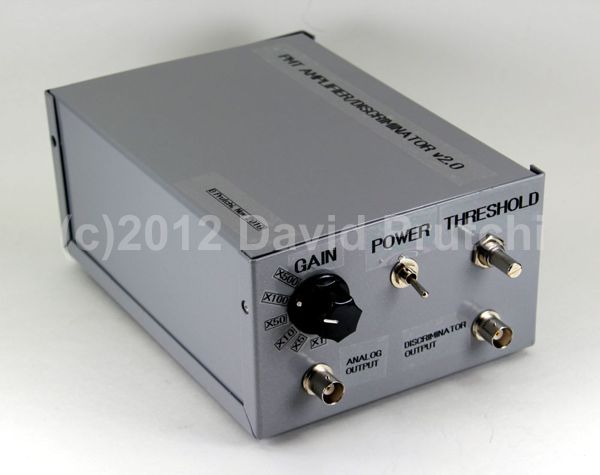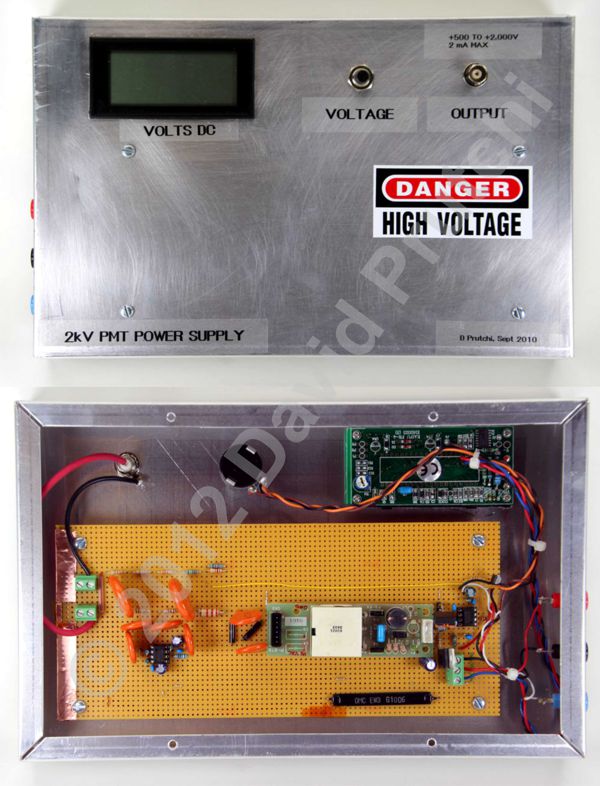
After many years of use, the image intensifier tube (IIT) in the image intensifier system that I use for my experiments in quantum physics developed some nasty half-moon shadows in the periphery, so I decided to rebuild it with another MX-10160-type IIT. I documented the build in the following document: diy Image Intensifier System Prutchi


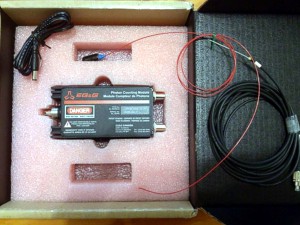 I HAVE NO RELATION TO SELLER – Just passing along in case someone is interested.
I HAVE NO RELATION TO SELLER – Just passing along in case someone is interested.

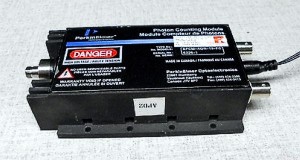 Today I found two Perkin Elmer SPCM-AQE-13-FC SPCMs for sale on eBay at $400 each. eBay auction numbers are 280877451350 and 280877453169. I am passing along this information in case that blog readers may be interested. I have no connection whatsoever to seller.
Today I found two Perkin Elmer SPCM-AQE-13-FC SPCMs for sale on eBay at $400 each. eBay auction numbers are 280877451350 and 280877453169. I am passing along this information in case that blog readers may be interested. I have no connection whatsoever to seller. Someone (I don’t know the seller) is selling brand new Perkin Elmer C30902E Silicon Avalanche Photodiodes on eBay. Auction number:
Someone (I don’t know the seller) is selling brand new Perkin Elmer C30902E Silicon Avalanche Photodiodes on eBay. Auction number: 
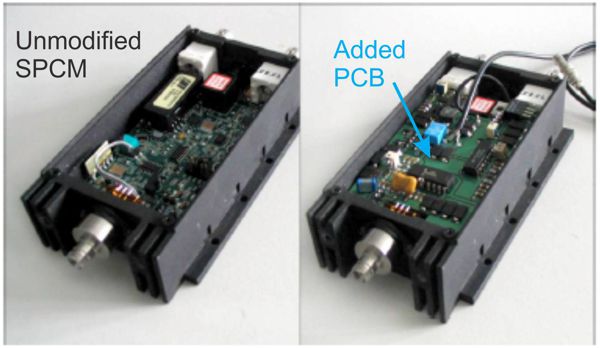 I. Rech, I. Labanca, M. Ghioni, and S. Cova of the Politecnico di Milano in Italy described an interesting modification to the Perkin Elmer SPCM-AQR Single-Photon Counting Module (SPCM) to improve its timing characteristics in:
I. Rech, I. Labanca, M. Ghioni, and S. Cova of the Politecnico di Milano in Italy described an interesting modification to the Perkin Elmer SPCM-AQR Single-Photon Counting Module (SPCM) to improve its timing characteristics in:


 Our diy entangled-photon source, shown in the
Our diy entangled-photon source, shown in the 